
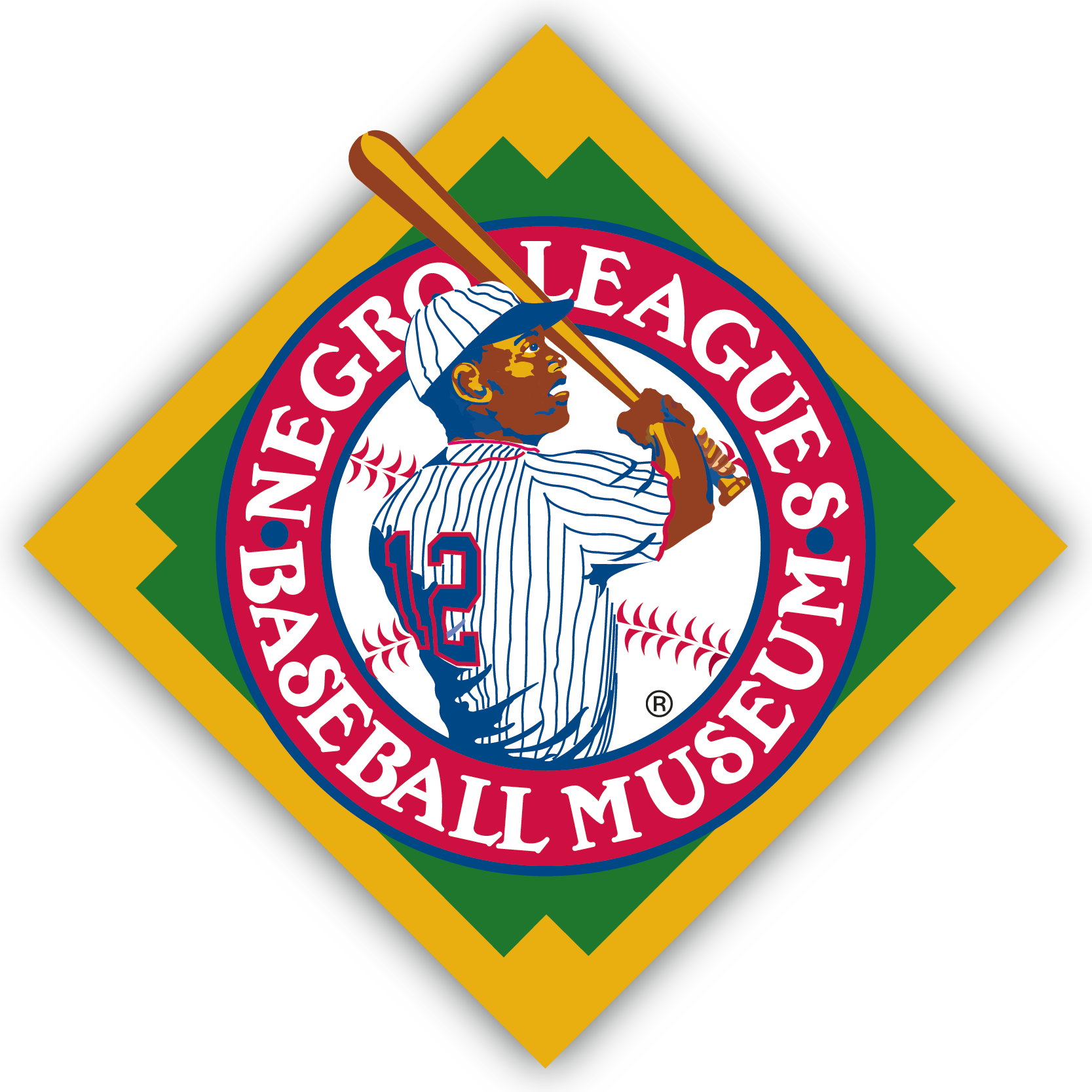
NEGRO LEAGUES BASEBALL
The Negro Leagues were U.S. professional baseball leagues comprising teams of African Americans and, to a lesser extent, Latin Americans. The term is used broadly to include professional Black teams outside the leagues and it is used narrowly for the seven relatively successful leagues beginning in 1920 that are sometimes termed “Negro Major Leagues.”
African-Americans began to play baseball in the late 1800s on military teams, college teams, and company teams. They eventually found their way to professional teams with white players. Moses Fleetwood Walker and Bud Fowler were among the first to participate. However, racism and “Jim Crow” laws would force them from these teams by 1900. Thus, black players formed their own units, “barnstorming” around the country to play anyone who would challenge them.
In 1920, an organized league structure was formed under the guidance of Andrew “Rube” Foster—a former player, manager, and owner for the Chicago American Giants. In a meeting held at the Paseo YMCA in Kansas City, Mo., Foster and a few other Midwestern team owners joined to form the Negro National League. Soon, rival leagues formed in Eastern and Southern states, bringing the thrills and innovative play of black baseball to major urban centers and rural country sides in the U.S., Canada, and Latin America. The Leagues maintained a high level of professional skill and became centerpieces for economic development in many black communities.
In December 2020, Major League Baseball announced that it was classifying the seven “Negro Major Leagues” as major leagues, recognizing statistics and approximately 3,400 players who played from 1920 to 1948.
To learn more, visit the Negro League Baseball Museum website.
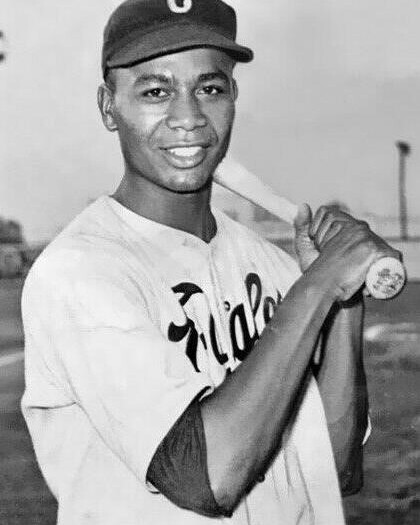
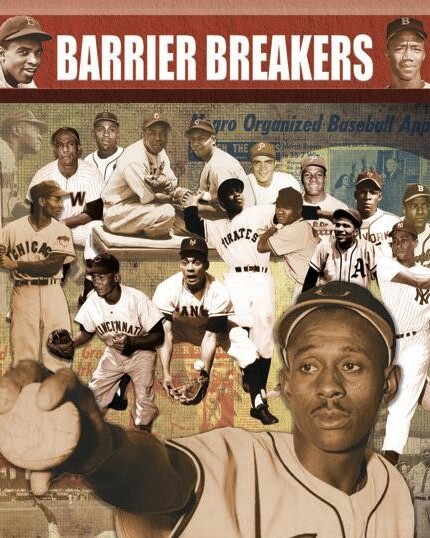
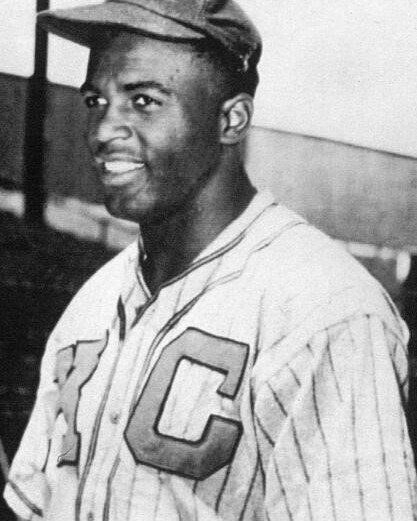
BARRIER BREAKERS: From Jackie to Pumpsie – An Exhibit Chronicling Major League Baseball’s Integration Pioneers
Satchel Paige All-Stars on the Road
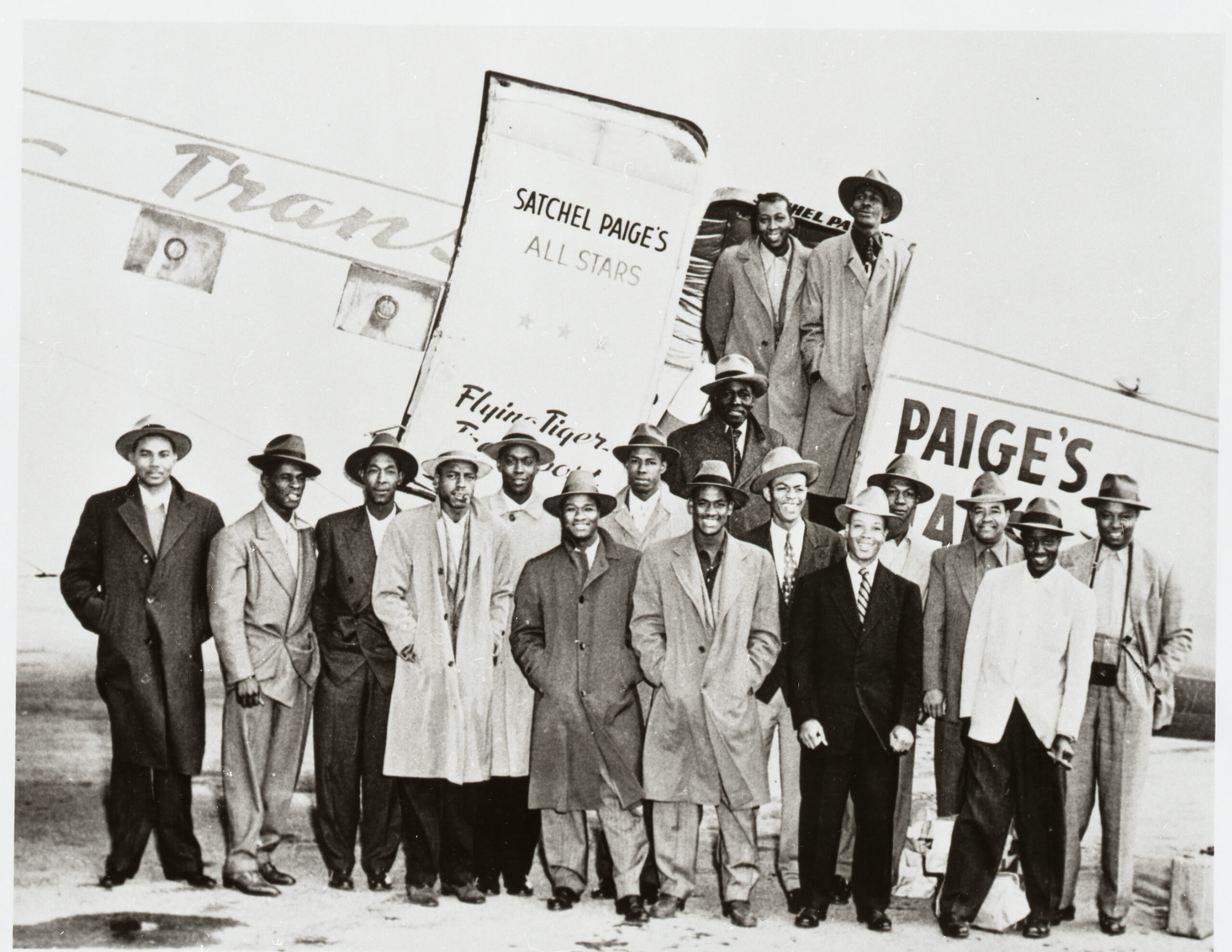
A black All-Star team, selected in part by LeRoy “Satchel” Paige, traveled across the country to play Fall exhibition games against a white team organized by pitcher Bob Feller in the mid-1940s. Each team traveled by chartered plane to locations across the West Coast and the Plains
The Kansas City Monarchs Bus with manager Frank Duncan
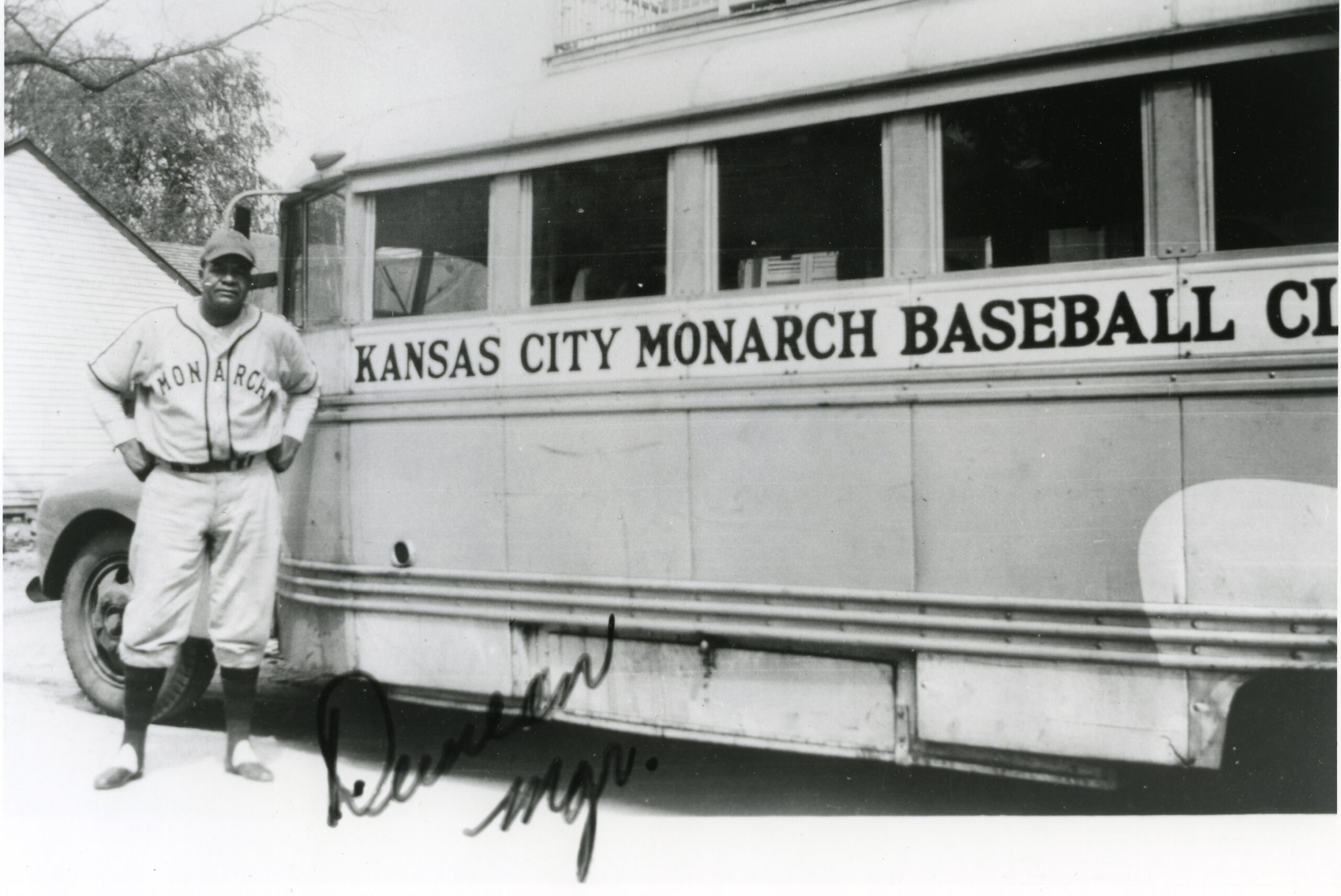
Mastering travel in segregated America was the hallmark of many successful black baseball teams. Switching from train travel to bus travel allowed you to get to your league opponent destinations faster, while also picking up exhibition games in between travel. The Kansas City Monarchs were among the earliest teams to take advantage of bus travel.
The “Colored YMCA” at 18th & The Paseo in Kansas City, Missouri
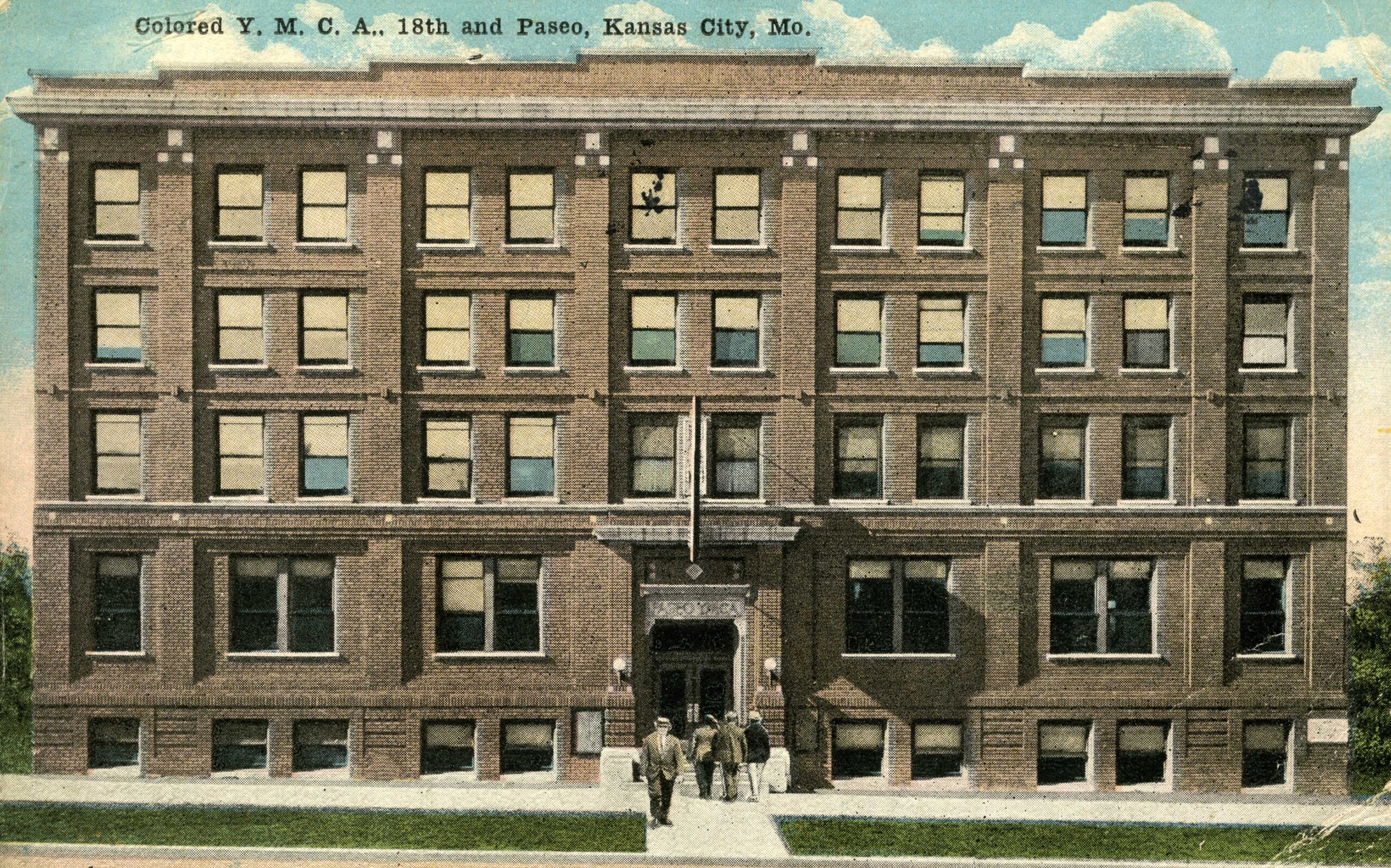
Built by the black community in 1914 and served as an important community center and meeting place. In February 1920, a meeting was held here with Midwest based black baseball team leaders and members of the black press for the purpose of establishing an organized league of black baseball teams. The formation of the Negro National League was the result, with Andrew “Rube” Foster elected as the first president. The formal Negro Leagues were born.
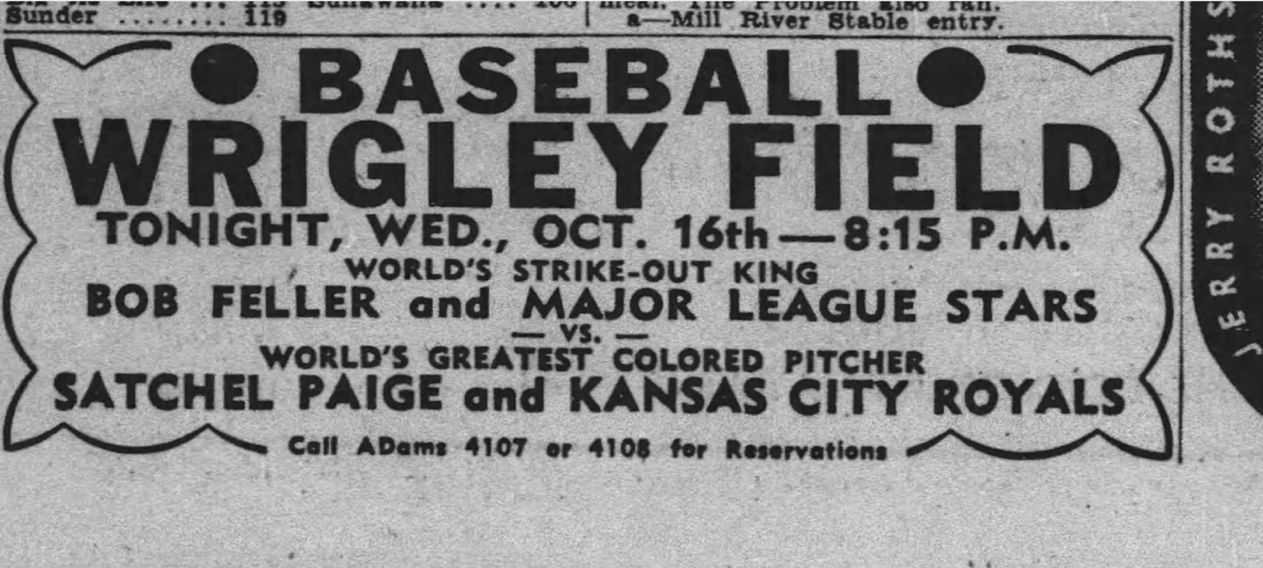
Many of the Negro League teams made barnstorming tours during the regular season, giving teams a chance to travel the country and earn extra money. Those tours often came to places where no Major League baseball was played like Des Moines, Iowa, or Birmingham, Alabama. Teams like the Kansas City Monarchs drove around the countryside, visiting places where professional baseball was rarely seen, often taking their portable lighting system with them, so night games could be played. While the system didn’t come close to today’s standards, the Monarchs were well ahead of their time. The Monarchs introduced their portable lighting system in 1930, but the first MLB game played under artificial light didn’t take place until 1935.


